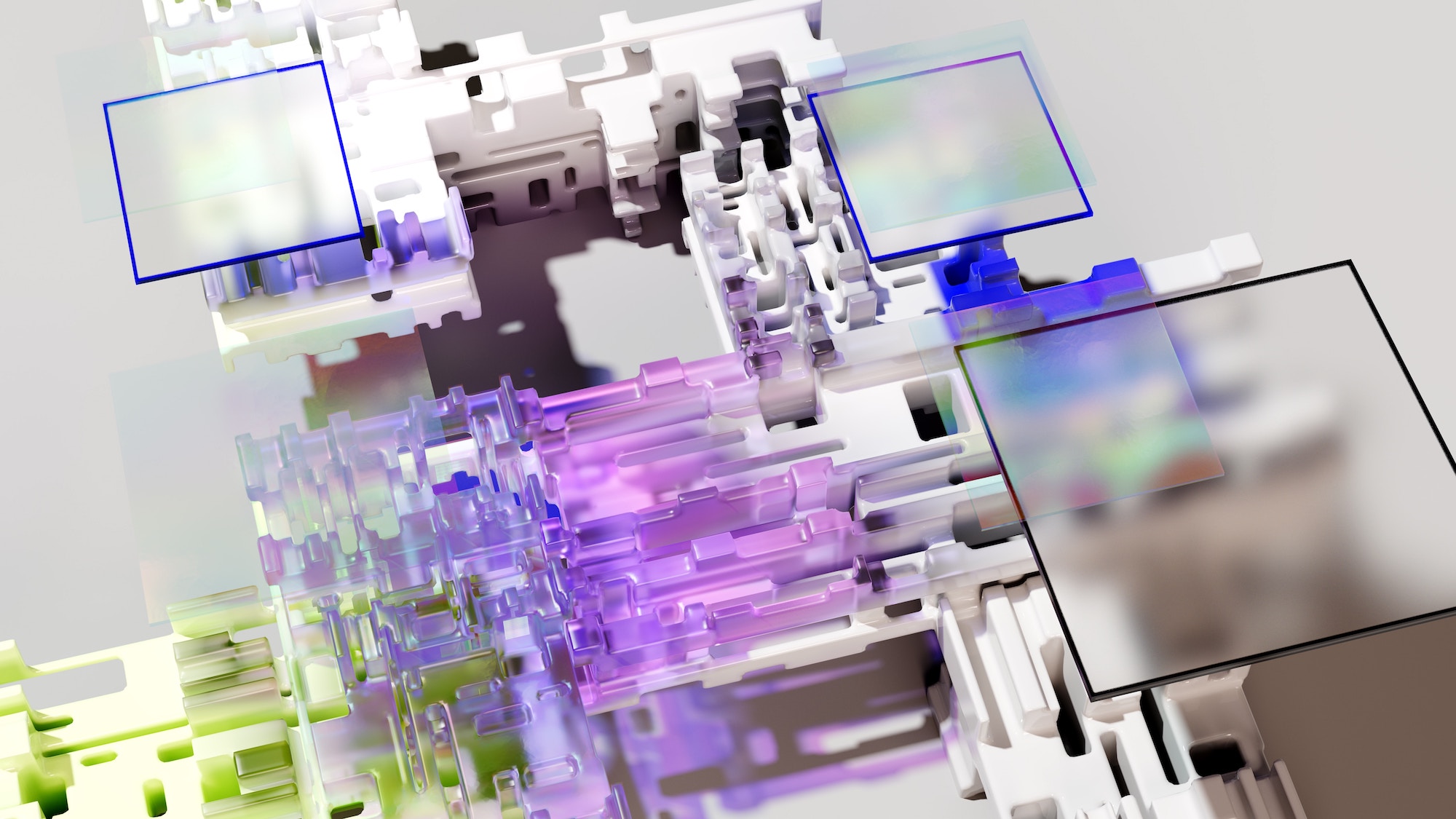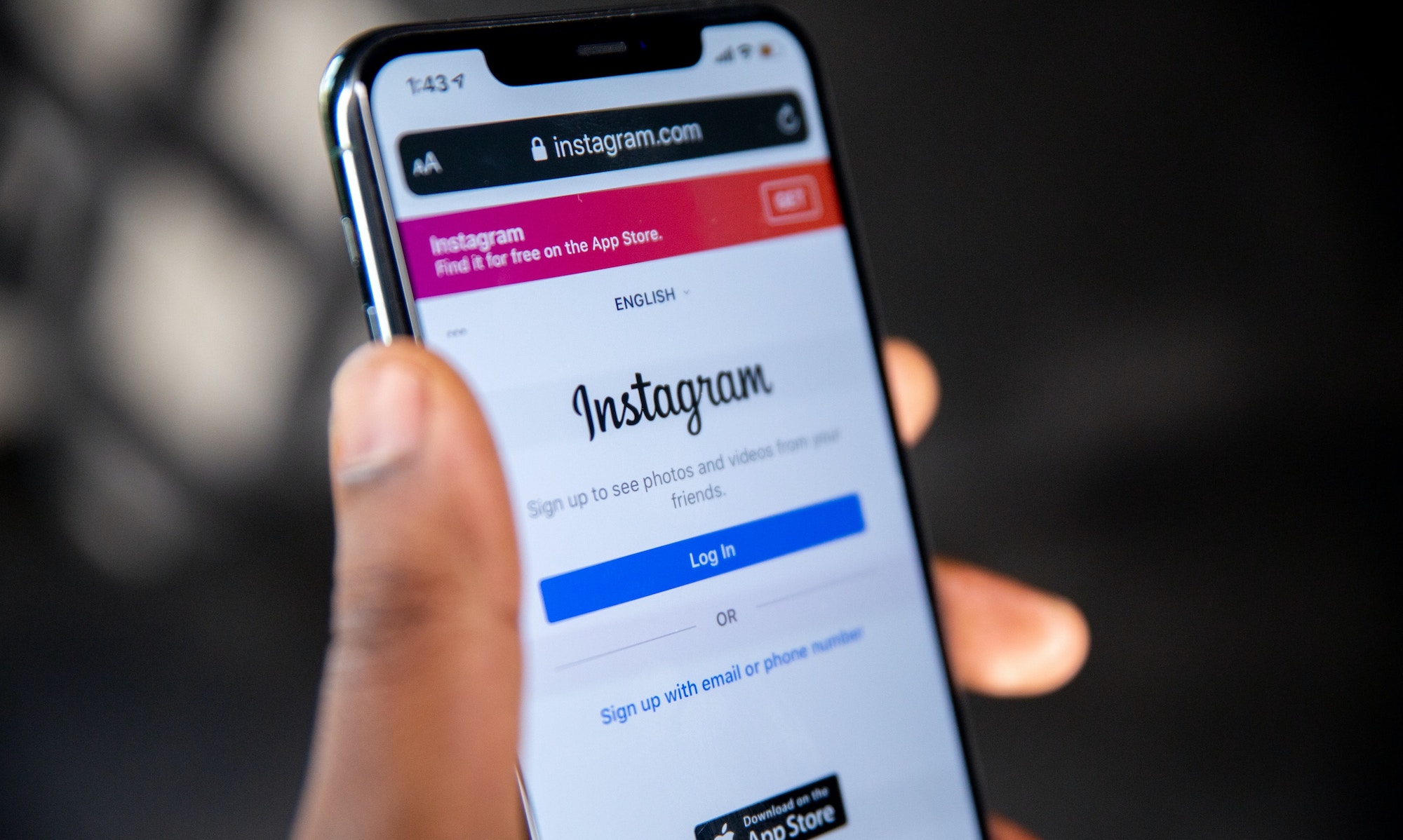Yeezy Gap merchandising: Insensitive or innovative?

Fashion and pop culture have always been intertwined and have had a strong mutual influence. Direct collaborations between fashion brands and artists bring this connection to the next level. One of them is the Yeezy x Gap collection.
The backstory: After the successful launch of the cobalt blue puffer jacket, Ye, formerly known as Kanye West, is now offering his full Yeezy collection in Gap retail stores. The Yeezy Gap Engineered By Balenciaga collection features T-shirts, hoodies, hats, cargo pants, and sweatpants.
The collection made its brick-and-mortar debut at the Gap store in Times Square in New York City. But the unusual aesthetics of how the collection was displayed caught the public's eye.
The visual merchandising strategy that wreaked havoc on social media
Instead of displaying the latest Yeezy x Gap collection on traditional hangers and display plinths, the clothes appeared in giant black bags placed around the store floor. There was a firestorm of comments on social media after a tweet showing the offbeat visual merchandising for the Yeezy x Gap collection went viral.
According to some Twitter users, the Yeezy x Gap move is a social experiment; for others, they were trying to create a thrift store/rummage sale aesthetic, but some people interpreted this move as Ye’s effort to build an empire on the back of hypebeasts.

But this was not an isolated incident. It was part of the Yeezy x Gap strategy—soon after the Times Square launch, they initiated similar in-person retail experiences across multiple Gap stores in the United States.
The Internet was flooded with headlines about the Yeezy x Gap clothes in 'trash bags,' so the famous rapper had to address the controversy. According to Ye, those were not trash bags but rather large construction bags, and the clothes were placed inside to make dressing easier for customers.
Ye stated that his vision has been misrepresented and misunderstood, emphasizing that he wanted to “challenge traditional conventions in the way we dress, and make clothing that is more egalitarian and less pretentious.”
The idea was that placing large construction bags should enable consumers to help themselves and grab whichever piece they want to buy. The ultimate goal is to make life easier and more informal, according to Ye.
Art and innovation or sustainability statement
Having hands-on experience while working for Gap years ago motivated Ye to transform the shopping experience and make it more casual. He felt that using hangers and making everything neat is too pretentious and classist.
While the rapper stuck to the narrative that he is an innovator, others raised the topic of sustainability in fashion, highlighting this move as a big step in that direction. The fact that Yeezy x Gap didn’t use hangers and racks means they can display more items in less space.
The three-way partnership of Yeezy, Balenciaga, and Gap shares a vision of reinvented physical retail with minimal waste in display and design. To reflect this, Gap has redesigned its Times Square flagship store, refining it to its most essential form bringing the vision of utilitarian design to life.

Ye has previously talked about developing “sew to seed” fabrics for Yeezy, and Balenciaga is also committed to the sustainable and ethical management of its operations to reduce the environmental impact at all levels—from offices and stores to the supply chain.
The creative director of Balenciaga, Demna Gvasalia, has also expressed his views about climate change and how it affects the fashion industry in an episode of The Business of Fashion podcast.
Sustainability is one of the hottest topics in the fashion industry. According to McKinsey’s State of Fashion report, sustainability is one of the areas that will offer fashion’s biggest opportunity for growth. But it’s a double-edged sword, as it is also one of the biggest challenges for fashion businesses.

To adhere to the new sustainability expectations, fashion companies are setting up funds targeting specific sustainability challenges in their operations and supply chains.
Gap’s effort to reposition
While all eyes are on the unusual clothing display of the Yeezy x Gap collection, there’s something bigger at play—Gap’s effort for repositioning.
According to Gap’s 2021 Annual Report and its Power Plan strategy, the brand has long-term plans to strengthen the company and pave the foundation for sustainable growth. One of their key initiatives was repositioning and transforming Gap and scaling strategic partnerships to amplify their brands across product categories, markets, and channels.
Gap.Inc bloomed during the 1990s and early 2000s when its annual net sales rose from $3 billion in 1992 to $16.3 billion in 2004. But then, after a decade, Gap’s annual net sales remained on the same level, reaching $16.4 billion in 2014.
It was clear that Gap was going through some rough patches, and they had to reinvent the brand and futureproof the business. Many outlets interpreted the collaboration with Ye as an attempt to reposition the business and bring the brand closer to younger audiences.
And younger audiences appreciate informality—but sustainability as well. According to McKinsey, sustainability is particularly important in gaining the trust of younger fashion consumers, as some 43% of Gen-Zers say they actively seek out companies with a solid sustainability reputation.
The good news for Gap is the collaboration with Yeezy brought them access to a new audience. The 2021 September Yeezy Gap hoodie drop delivered the most sales by an item in a single day in Gap’s history, and 70% of sales were from first-time Gap customers.
“Watching how Gap has approached their brand rebuild is fascinating. Leadership seems to trust Kanye and his vision fully. Whether his vision is tied to a long-term strategy with Gap is another question.”
- Clayton Chambers, Founder, Sprezza
Sustainability is an integral part of Gap’s new vision. The company’s purpose is to create sustainable change, enrich communities, and be better for future generations. And while they are aware they are not perfect, they design products with better materials and strive to make a positive impact on the planet.
Was the Yeezy x Gap collaboration unexpected? Many would say so, but Gap outlined its move in the 2021 Annual Report, stating its plans to partner with retail giants and cultural icons to increase brand awareness, tap into new audiences, and unlock new markets. The Yeezy x Gap collaboration has helped the brand boost hype and create buzz. Now it’s time to see the long-term effects on Gap’s bottom line.






















.jpg)
.jpg)
.jpg)
.png)



.png)
.jpeg)

























































.jpg)





















